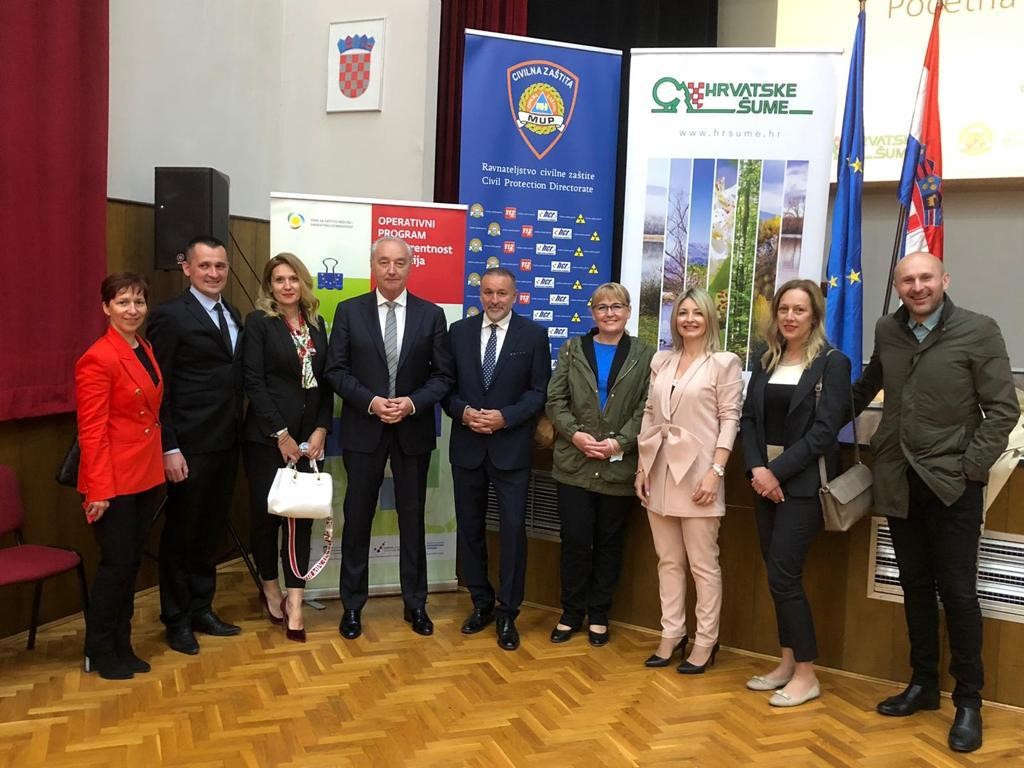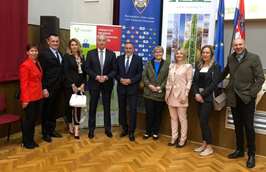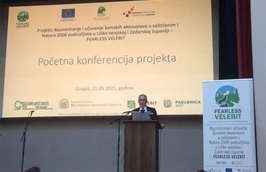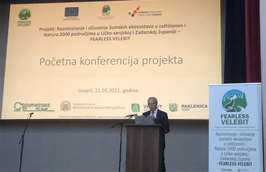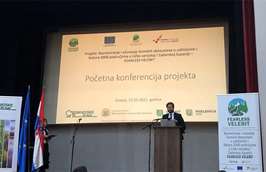24.05.2021.
"Fearless Velebit" is one of four strategic projects for which Hrvatske šume, the Croatian forest and woodland management company, secured EU funding through the Ministry of Economy and Sustainable Development and the Environmental Protection and Energy Efficiency Fund.At the initial conference for the “Fearless Velebit” project held in Gospić, member of the Board of Hrvatske šume Ante Sabljić said that the Republic of Croatia was one of European countries with the most protected natural areas, but some which were even today contaminated with landmines and other explosive hazards.
Following on his words, the director of the Fund, Siniša Kukić, pointed out that more than one billion kunas would be spent on demining more than 6 thousand hectares of woodland that were mine suspected areas, and on sustainable biodiversity management in the protected Natura 2000 areas. “85 percent of this amount is form EU funds – for this project alone 219 million kunas was secured from the Operational Programme Competitiveness and Cohesion, and 876 million kunas in total for these four projects," said Director Kukić.
The minister of economy and sustainable development, Tomislav Ćorić, expressed gratitude to all stakeholders in the project, especially deminers and forest rangers. “This is a way to protect the lives and health of our citizens. Moreover, we are opening up potential for using woodland for economic activity, for visitors to come to the protected areas of Paklenica National Park and Velebit Nature Park. After demining, the development of the forest infrastructure will continue, and I believe this will be completed according to the planned deadlines,“ concluded Minister Ćorić.
Project manager Božidar Čačić presented the activities that Hrvatske šume with partners were implementing under the "Fearless Velebit" project, while the directors of NP Paklenica and NP Velebit, Natalija Andačić and PP Ana Brkljačić respectively, talked about other projects for the protection of biodiversity and improving the visitor infrastructure that were being implemented in the areas covered by these public institutions.
Gallery:
